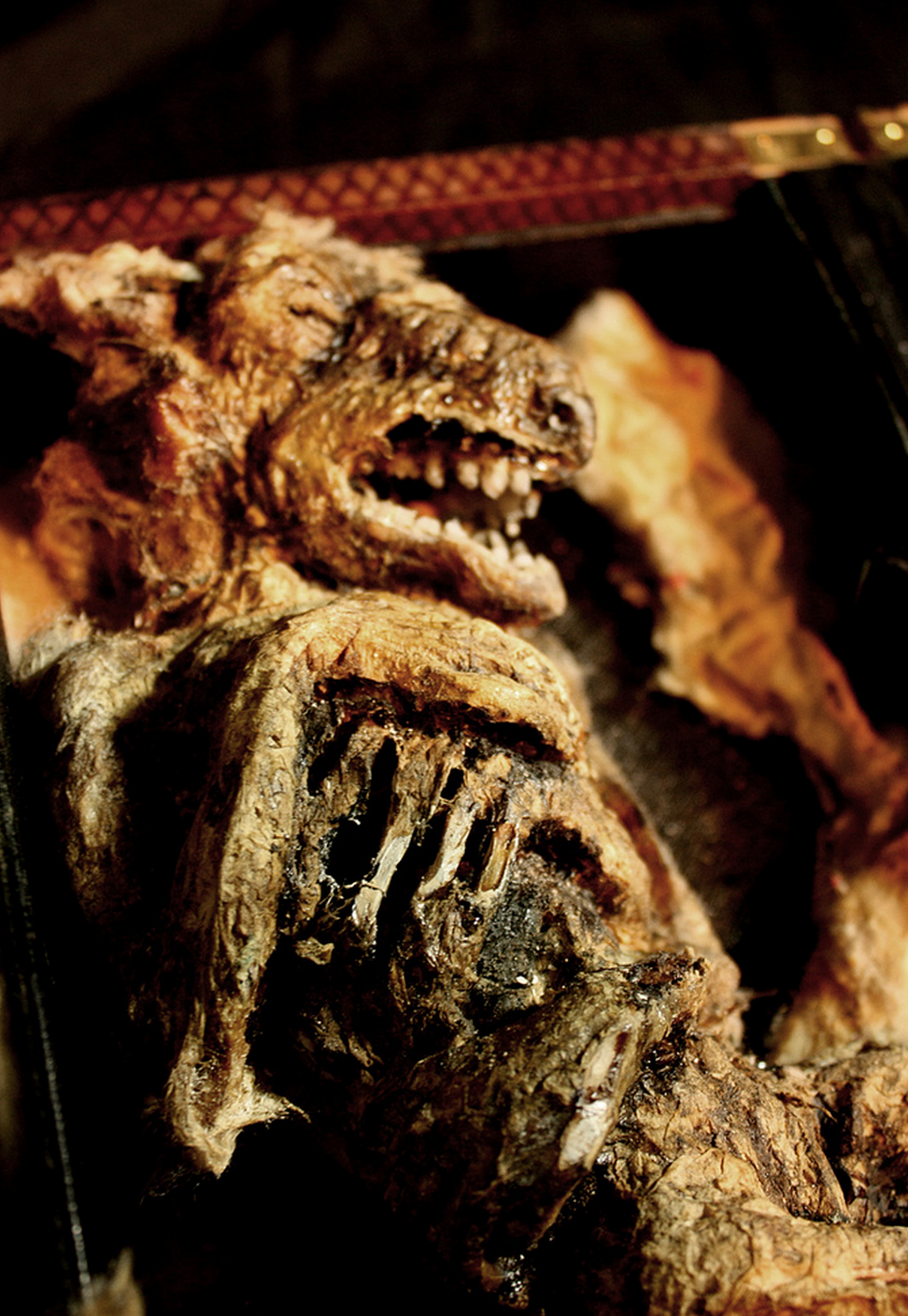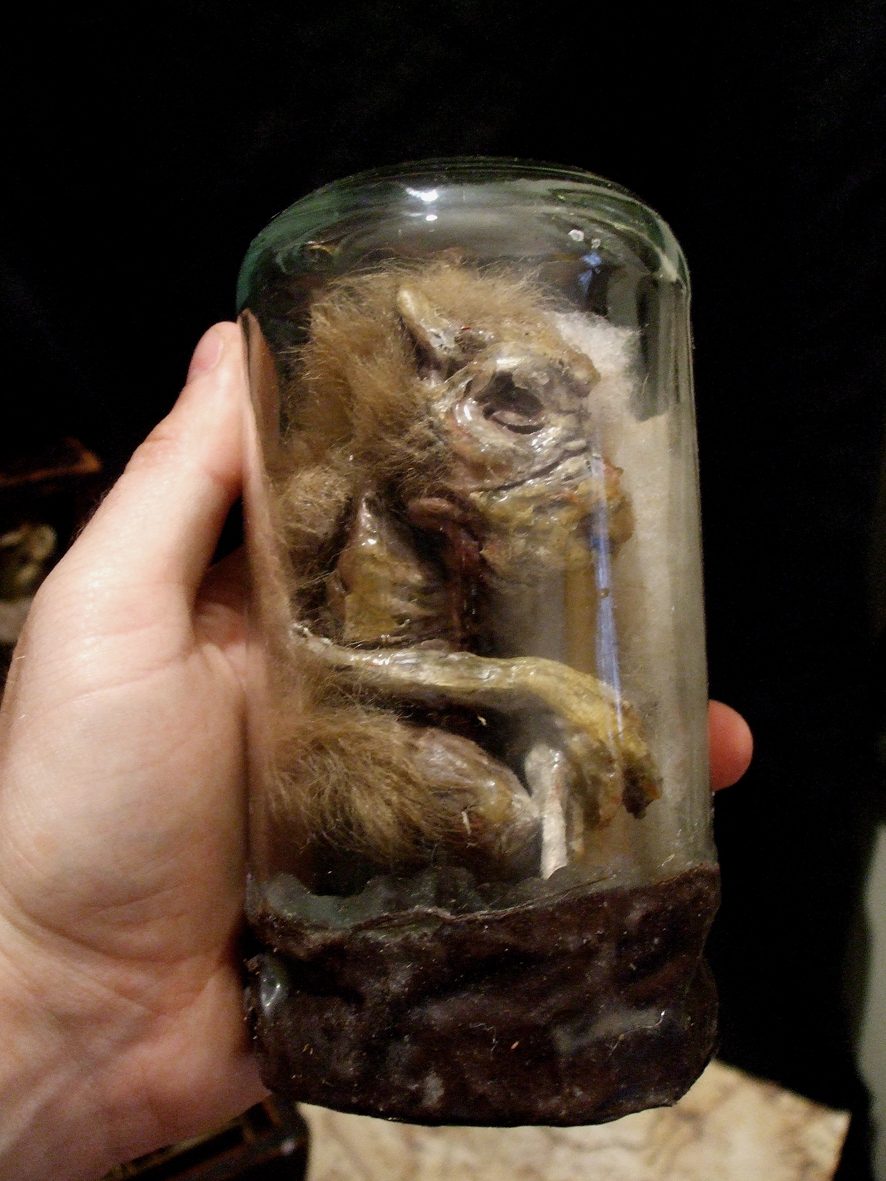All images copyright Alex CF 2014. Please credit and attach a link if used outside this website.
Species: Homo Lupus (Lycanthrope)
Hominid, Carnivore
There are many research cases pertaining to the study of Homo Lupus, or Lycanthrope. These were the life's work of Edward Harrell. Please visit the encyclopaedia to find out more about him. You will find photos of various specimens cases here.
Edward Harrell collected many specimens of Lycanthrope young, many taken from the executed mothers he hunted whilst studying the migration patterns of nomadic groups through northern europe. It was only in his later years that he ceased, and regretted his murderous thirst for knowledge pertaining to this illusive offshoot of early man. Homo Lupus, symbiotic Hominid, shares no actual genetic traits with the common wolf, other than those we all share as mammals. The aesthetic similarities are striking – yet these were all natural characteristics shared by most, if not all carnivorous mammals. The interesting biological anomalies of the lycan is the ability to “infect” other hominids (mainly humans, although there have been cases of Lycanthropy within the minority hominid groups we share the earth with.) This ability is a bi product of the immuno -efficiency virus prevalent in the saliva and blood of Homo Lupus.
The transformation mythology stems from the six to eight month metamorphosis of an infected human. The agonizing reorganization of skeletal structure and organs is not an instantaneous reaction – the energy drained from the body is overwhelming, sending most new hosts into a coma. The transformation occurs when the pathogen injects its own DNA into healthy human cells. This triggers hypotrichosis, elongation of the limbs, muzzle, ears. The hands lengthen, finger nails with fall off in one of many excruciating reconfigurations of bone and muscle tissue.
However, Lycanthropes are a species, and breed like any other animal. They usually give birth to more than one young at a time, the gestation period is around 8 months. Lycans are intelligent, problem solving animals, although their fear of humanity has ostracized them from forming civilization. The last known city populated by Lycans dates back to 10,000 years ago, in Mesopotamia, and appears to have influenced the dawn of human agriculture. A terrible upheaval broke the fragile truce between the aggressive humans and the over trusting Lycans.



















